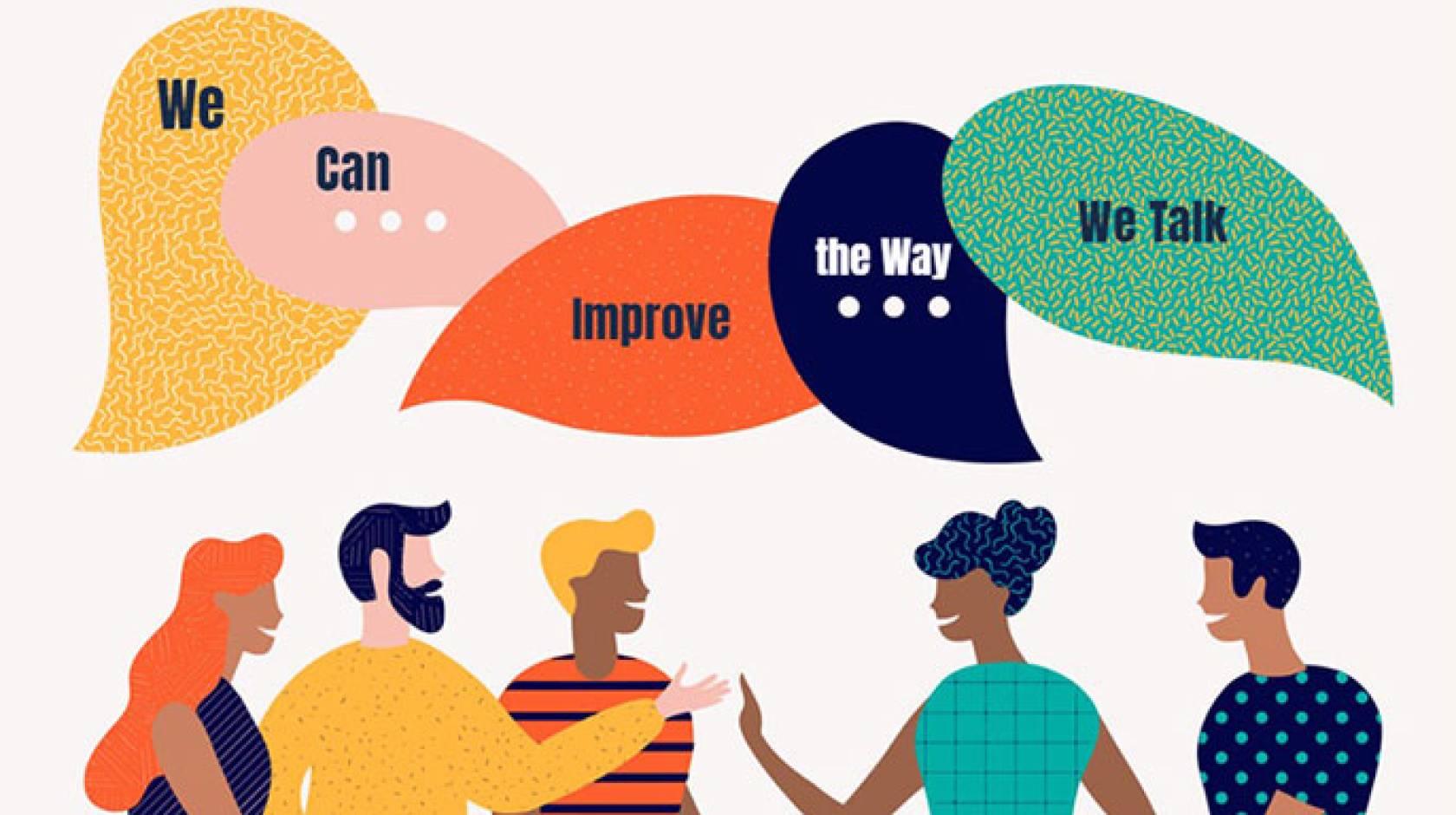PRIOR LITERATURE
Title: Is it “just” planning? Exploring the integration of social justice education in an elementary language arts methods course thematic unit
Allee-Herndon et al., (2021) express in their article the idea of not always creating a cross-curricular approach to integrating a social justice theme, but instead incorporating the overall idea of citizenship education within our language lessons. This has changed my view, as I had originally thought as a teacher candidate that we need to make our lessons cross-curricular and hit both subjects’ expectations yet instead, this resource provides practical ways to integrate this theme without making everything cross-curricular. Instead, this suggests that to develop a citizenship positionality, one needs to be able to make reasoned and informed decisions based on the material they have encountered and therefore, engage in critical conversations about the controversial issues that are related to justice being presented. Instead of creating a lesson with both subject areas' expectations, a language lesson on writing for example can be done, where we assess the writing foundations and processes noticed, but the theme of the writing and the lesson to scaffold is regarding a social justice topic such as racism. When provided this opportunity to discuss and examine the inequalities, students can begin to actively explore ways to create change within unconstitutional practices and therefore develop autonomy and citizenship as social beings.

Title: Stirring Up Justice: Writing and Reading to Change the World
The Singer (2006) article discusses many specific strategies to incorporate social justice as an overall theme within language arts where students meet curriculum expectations yet are learning and engaged in topics regarding justice that are relevant to the real world. One of the many key takeaways from this article that is practical for the implementation of a social justice theme within the language arts classroom is how activist work across all begins with students digging deep into their critical thinking princesses through feeling, experiences and conviction. This is done directly through engaging students in book choice, where classroom libraries and literacy strategies are utilized strategically to have a diverse collection of books in the classroom, providing an opportunity to expose students to stories regarding social justice themes and follow up with comprehension and literacy tasks to assess and communicate learning. Writing is an important part of the language arts program, and instead of focusing solely on reading comprehension, students need to be able to articulate thoughts and experiences orally and in written form to connect and continue scaffolding learning. Through the use of multimodal platforms and incorporations within the lessons, students can become engaged in a safe and understanding space where there is a focus on critical thinking and developing thoughts and ideas geared towards change all while following ministry expectations.

Title: Responsible Reading: Children’s Literature and Social Justice
As a teacher candidate, I want to ensure that when I am entering classrooms for the first time, I am immediately bringing a presence of inclusion and welcoming feelings for all students. I believe to do this, educators need to make sure we are engaging in courageous conversations with our students, which can be incorporated through the use of children's literature. Simpson et al. (2022) determine that through the process of reading and discussing texts that incorporate age-appropriate social justice topics, students can create social connections and therefore, begin to feel an openness to others' life experiences. According to the Ontario Language Curriculum (2023), successful and confident language learners acknowledge the cultural and social impact of texts and appreciate their aesthetic power. This allows students to then use the language learned to interact and connect with individuals; moving away from the more outdated teaching style. These styles are outlined in the Simpson et al. (2022) article, where the discussion of using literature as a means for phonic engagement merely is too restricting, and therefore the students’ critical engagement fails to be translated to larger social contexts. Although the discussion of being vulnerable through discussions with students stands true, we need to ensure we are choosing literature that is reflective of relevant and age-appropriate literature to create spaces of critical discussion and comprehension to then develop students' self-awareness and activist qualities.

Comments
Post a Comment